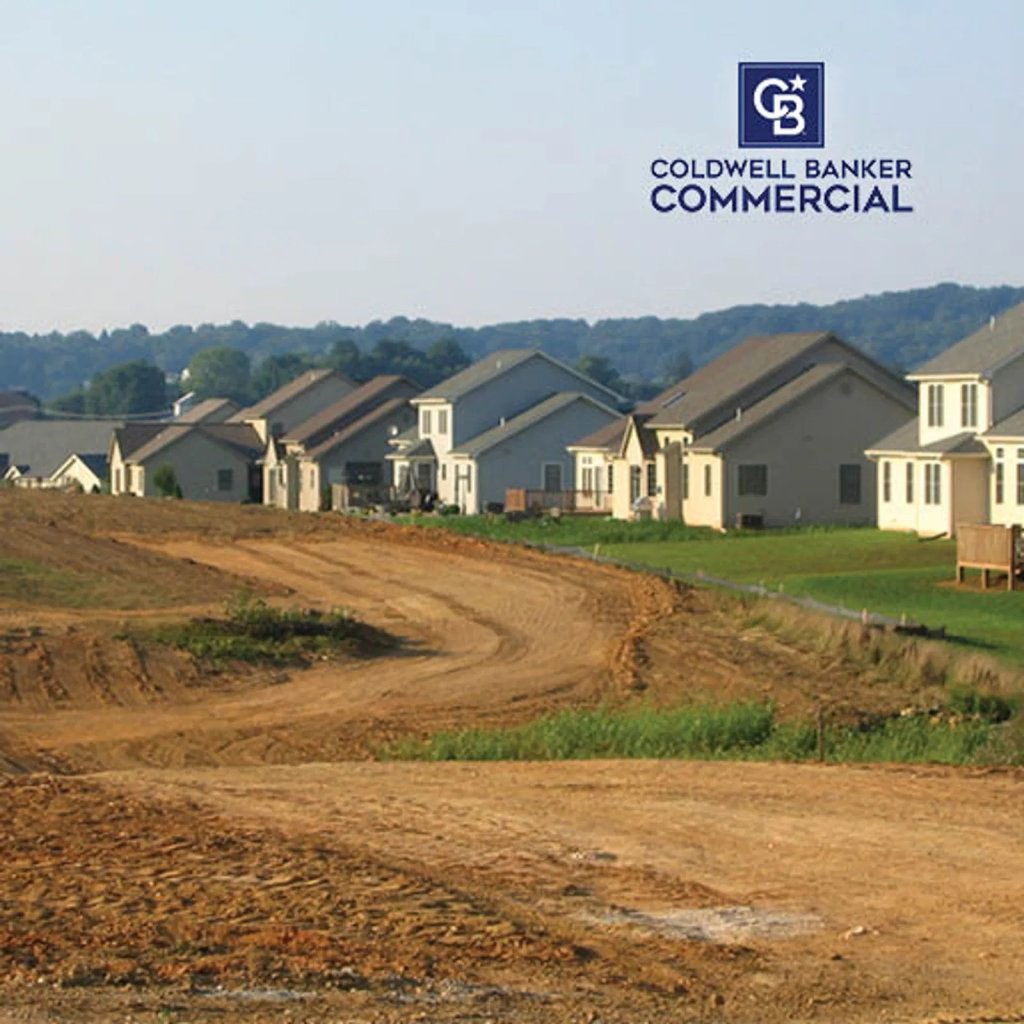Land Sales for Residential Development: Resilience Amid Market Uncertainty

In times of economic volatility, the real estate market often experiences a slowdown, with new construction projects being one of the first casualties. However, an interesting trend has emerged in the landscape of commercial real estate: land sales for residential development are maintaining a surprising resilience despite market uncertainties.
Single-family home construction began to surge in late 2023, with November data showing an 18% increase over October, and up 42% year-over-year. This heightened activity among homebuilders has carried through the first half of 2024 as inventory remains tight among home buyers.
Unpacking the Resilience of Land Sales
Even though broader market conditions might suggest a downturn, there are several factors contributing to the sustained strength in land sales for residential purposes. Key among these factors are the long-term investment perspective, scarcity of available land, and adaptive market strategies.
Investors and developers often take a long-term view when purchasing land. They recognize that while construction might slow temporarily, the demand for housing continues to grow over the long haul. This perspective fuels ongoing interest in acquiring land for future development.
Additionally, in many regions, especially in urban and suburban areas, the availability of developable land is limited. This scarcity drives competition and keeps land prices stable or even increasing, as developers vie for prime locations.
Developers are also increasingly adopting flexible strategies to adapt to market conditions. This might include phased developments, where construction is initiated in stages based on market demand, or mixed-use projects that combine residential with commercial components to diversify risk.
Drivers of Strong Land Sales
To understand the dynamics behind the resilience of land sales, it is essential to explore the key drivers in more detail. Population growth and urbanization continue to create demand for new housing.
Many metropolitan areas are experiencing an influx of residents, whether from domestic migration or international immigration, which sustains the need for residential development. Cities like Phoenix, Austin and Tampa are among the fastest-growing places in 2024.
In some regions, government policies and incentives aimed at promoting housing development can bolster land sales. Tax breaks, grants, and relaxed zoning regulations are just a few examples of measures that can stimulate interest in land acquisition for residential projects.
What This Means for Real Estate
While land sales remain strong, the impact on actual residential construction varies. Developers with significant land holdings are better positioned to weather market fluctuations, as they can time their projects to align with market recoveries. For smaller developers or those without substantial land reserves, the current environment necessitates cautious planning and a focus on projects with high demand and low risk.
The continued strength of land sales for residential development is a positive indicator for a segment of the commercial real estate market. It underscores a fundamental confidence in the long-term demand for housing and the strategic foresight of developers and investors. As we navigate through uncertain times, the resilience of land sales offers a beacon of stability and a foundation for future growth in commercial land sales for development.

